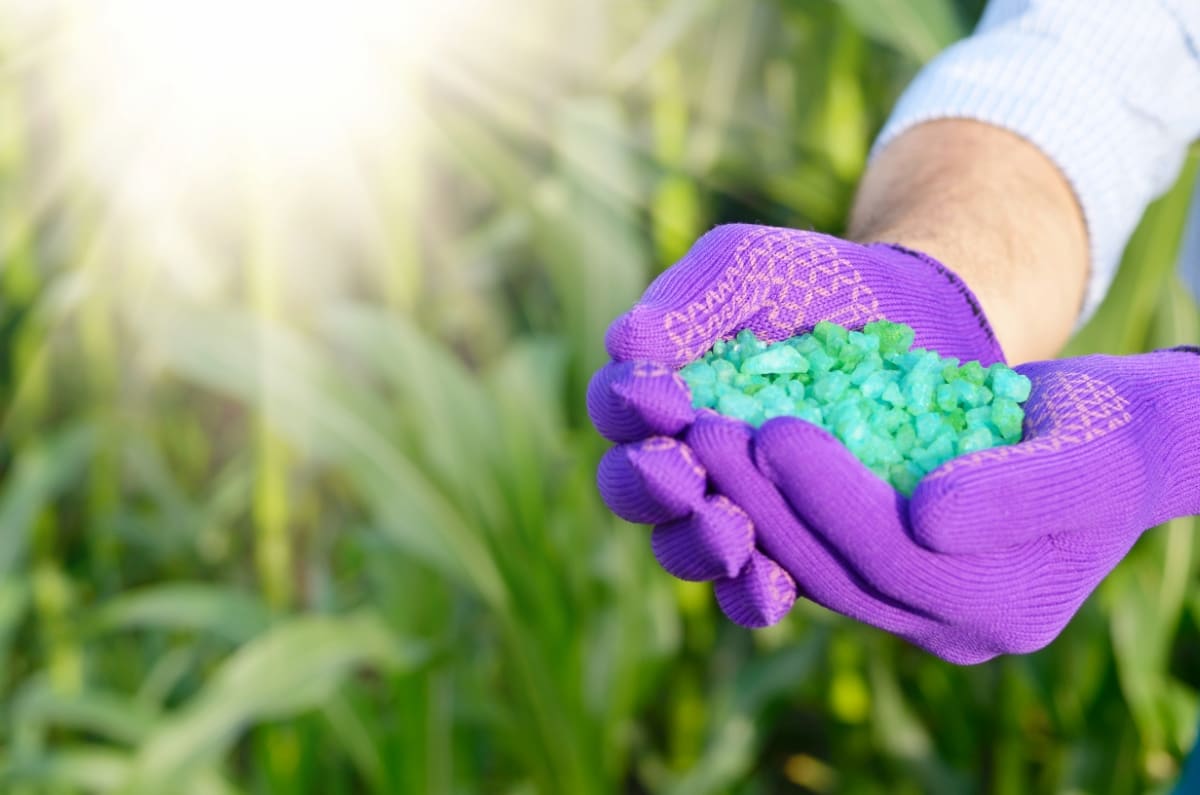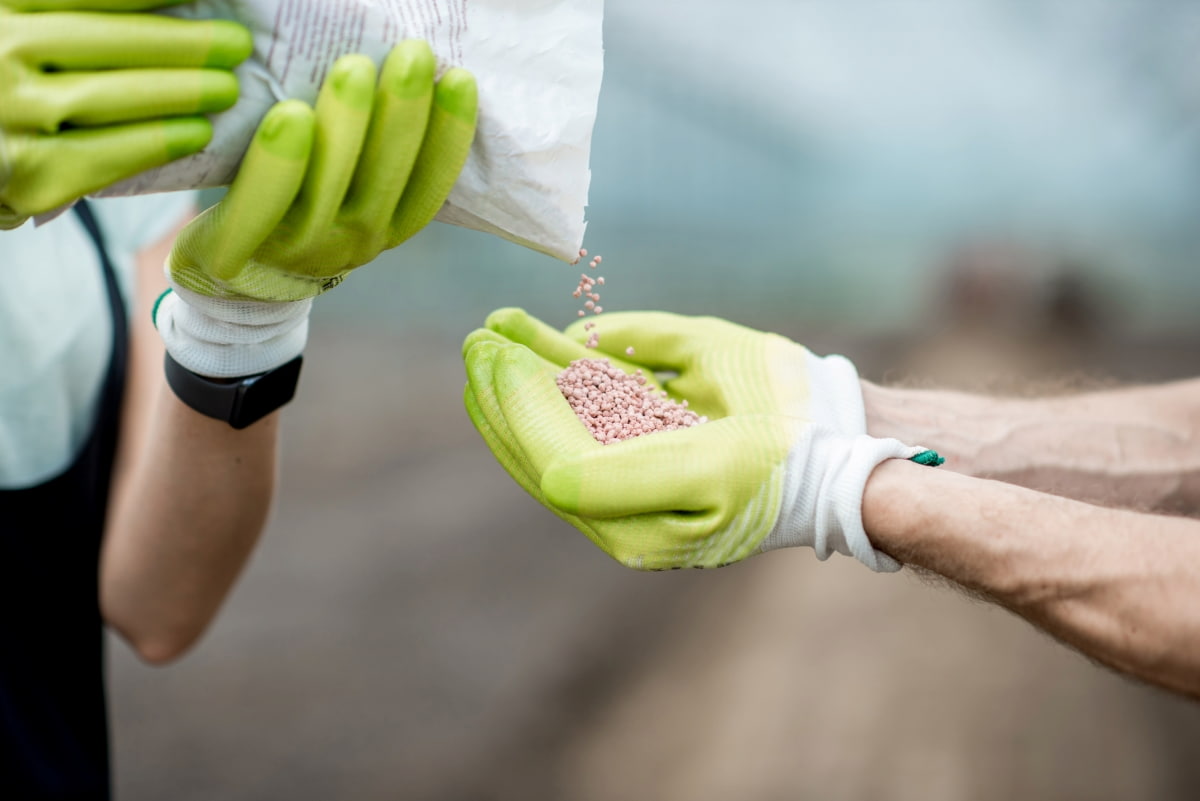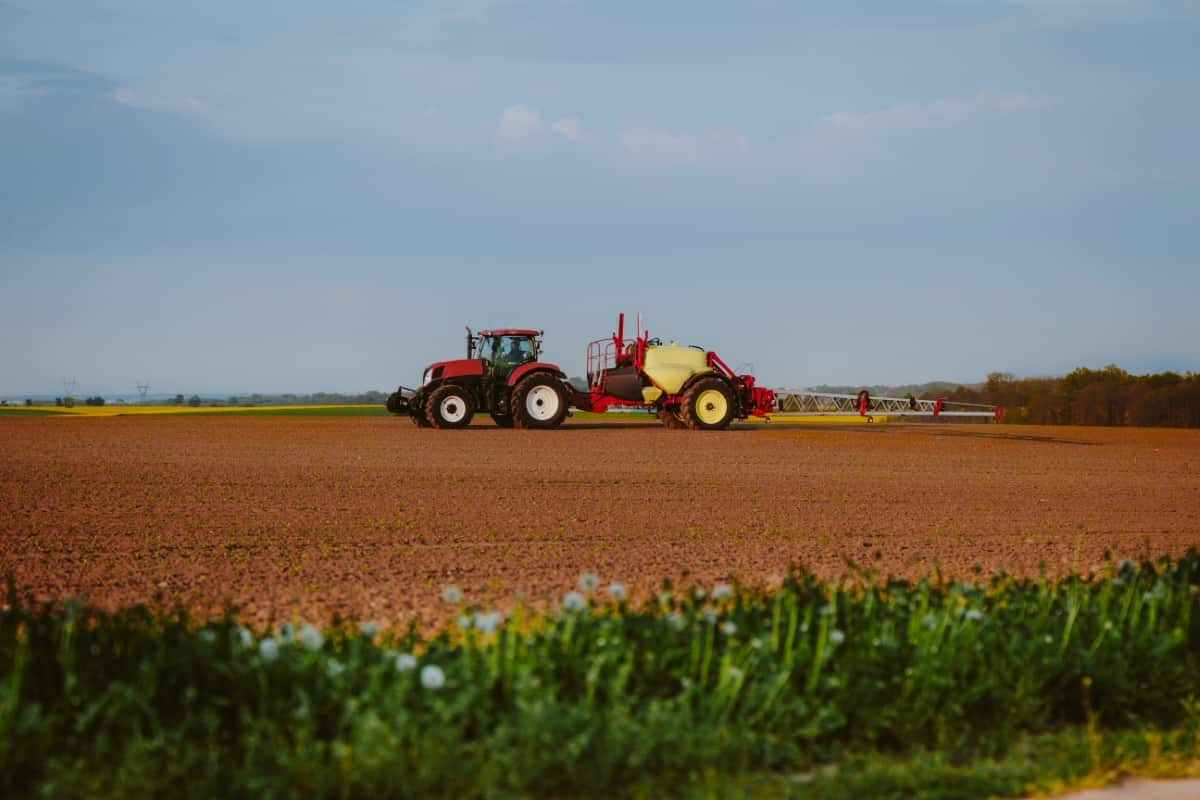Fertilizer application in agriculture is crucial for ensuring healthy crop growth and optimal yields. Understanding how to apply fertilizer effectively, including the time and method of fertilizer application, can significantly impact crop production. The application of fertilizer at planting, alongside other techniques, forms an integral part of modern farming practices. The development of innovative approaches in applying fertilizers, including the consideration of environmental and economic factors, is key to sustainable agriculture.

Understanding the Importance of Fertilizer Application Rate in Crop Production
Fertilizer application rates are vital in maximizing crop yields and maintaining soil health. Maintaining the appropriate application rate is vital to provide crops with essential nutrients for growth while preventing the potential harm of over-fertilization, such as nutrient runoff and environmental damage.
Fertilizer experiments and results have repeatedly underscored the significance of balancing nutrient supply with crop demand. This balance is not only crucial for the current crop cycle but also affects the soil’s nutrient profile for future plantings. Understanding this balance is, therefore, fundamental to ensuring sustainable and productive crop cultivation.
Factors Influencing Fertilizer Application Rate for Different Crops
Several factors determine the appropriate fertilizer application rate for different crops. These include the type of crop being grown, soil fertility, climate conditions, and the specific growth stage of the crop. For instance, crops like corn require more nitrogen, whereas potatoes may need more potassium.
Soil tests are often conducted to ascertain nutrient levels, guiding the fertilizer application. Moreover, weather conditions, including precipitation and temperature, can impact the nutrient absorption of crops and the rate at which nutrients are washed away from the soil, consequently affecting the recommended application rates.
Optimizing Fertilizer Application Rates for Maximum Crop Yield
Optimizing fertilizer application rates involves a delicate balance between providing enough nutrients for maximum crop yield and avoiding excessive application that can lead to environmental issues or wasted resources. Farmers often rely on guidelines provided by agricultural extension services, which are based on extensive fertilizer experiments and results.
These guidelines consider the unique requirements of individual crops, local soil conditions, and the environmental consequences associated with fertilizer usage. Precision agriculture methods, including soil analysis and GPS technology, are progressively employed to optimize fertilizer application for maximum crop yield.
Impact of Fertilizer Application Rates on Soil Health
The application of fertilizer and manure at appropriate rates is essential for maintaining soil health. Over-application can lead to nutrient imbalances, reduced soil biodiversity, and increased soil acidity, which in turn can harm crop growth. On the other hand, under-application can lead to nutrient deficiencies, affecting crop yield and quality.
In case you missed it: Fertilizer Management in Cashew Gardens

It is essential to strike a balance that ensures crops receive required nutrients while safeguarding the long-term soil health and fertility. This is achieved through regular soil testing and adapting fertilizer application methods based on soil conditions.
Economic Considerations in Determining Fertilizer Application Rates
Determining the right fertilizer application rate is not only an agricultural concern but also an economic one. Farmers must consider the cost of fertilizers and the potential economic return from increased crop yields. Over-applying fertilizer increases costs without a corresponding increase in yield, while under-application can result in lower yields and, hence, reduced income. Thus, economic considerations play a critical role in deciding the amount of fertilizer used. This is where precision agriculture can be particularly beneficial, optimizing the use of fertilizers to achieve the best economic return.
Environmental Implications of Fertilizer Application Rates
The environmental implications of fertilizer application rates are significant. Excess nutrients from over-application can lead to water pollution, harmful algal blooms, and disruption of aquatic ecosystems. Therefore, it’s crucial to apply fertilizers at rates that satisfy crop needs without contributing to environmental degradation. This involves not only the correct calculation of application rates but also the timing and methods of applying fertilizers. For instance, slow-release fertilizers and split applications can minimize nutrient runoff, reducing environmental impacts.
Innovative Approaches to Calculating Fertilizer Application Rates
This involves the utilization of satellite imagery and drones in precision agriculture to enable precise fertilizer application tailored to the distinct requirements of various sections within a field. There’s also an increasing focus on integrating organic methods, such as the application of fertilizer and manure in combination, to improve soil health while providing necessary nutrients. These innovations aim to tailor fertilizer application more precisely to crop needs, enhancing both yield and environmental sustainability.
In case you missed it: Types of Organic Fertilizers and How They Help Plants Grow

Challenges in Determining Optimal Fertilizer Application Rates
Determining optimal fertilizer application rates presents several challenges. Variations in soil types, weather conditions, and crop varieties make it difficult to apply a one-size-fits-all approach. Additionally, the changing environmental regulations and the rising cost of fertilizers pose further challenges for farmers.
They must continuously adapt their practices to meet these challenges while ensuring profitable and sustainable crop production. This requires ongoing research, access to the latest agricultural knowledge, and the flexibility to adopt new fertilizer application methods and technologies.
Future Trends in Fertilizer Application Rate Research
The future of fertilizer application rate research is likely to focus on further enhancing precision agriculture techniques, developing more sustainable fertilizer options, and understanding the long-term impacts of various fertilizer application methods on soil health and crop productivity. As climate change continues to affect agricultural practices, research will also focus on how to adapt fertilizer application rates to changing environmental conditions.
Fertilizer Application Rates for Specific Crop Types
| Crop Type | Nitrogen (N) lbs/acre | Phosphorus (P₂O₅) lbs/acre | Potassium (K₂O) lbs/acre |
| Corn | 120 – 180 | 70 – 90 | 60 – 120 |
| Wheat | 60 – 120 | 40 – 70 | 30 – 90 |
| Soybeans | 40 – 80 | 60 – 80 | 80 – 120 |
| Rice | 100 – 150 | 30 – 50 | 30 – 70 |
| Potatoes | 80 – 120 | 100 – 150 | 150 – 200 |
| Tomatoes | 80 – 100 | 100 – 120 | 120 – 150 |
| Cotton | 60 – 100 | 40 – 60 | 60 – 100 |
| Barley | 50 – 100 | 40 – 60 | 40 – 80 |
| Alfalfa | 40 – 60 | 50 – 70 | 60 – 90 |
| Apples (Fruit Trees) | 30 – 50 | 20 – 40 | 40 – 60 |
| Grapes | 40 – 60 | 30 – 50 | 50 – 70 |
| Canola | 80 – 120 | 40 – 60 | 60 – 90 |
In case you missed it: Fertilizer Subsidy Programs in India: Government Schemes for Financial Assistance

Conclusion
Understanding and optimizing fertilizer application rates is essential for achieving high crop yields, maintaining soil health, and minimizing environmental impacts. Adapting these practices to the specific needs of various crops and changing conditions is key to sustainable and profitable agriculture.
- Feed Your Flock for Less: Top 10 Tips to Save on Chicken Feed
- Ultimate Guide to Ossabaw Island Hog: Breeding, Raising, Diet, and Care
- Hatching Answers: The Top 10 Reasons Your Chickens Aren’t Laying Eggs
- Eggs and Economics: Breaking Down the Cost of Raising Backyard Chickens
- Defend Your Greens: Proven Methods to Keep Iguanas Out of Your Garden
- Ultimate Guide to Cinnamon Queen Chicken: A Comprehensive Guide for Beginners
- Ultimate Guide to California Tan Chicken: Breeding, Raising, Diet, Egg-Production and Care
- Ultimate Guide to Marsh Daisy Chicken: Breeding, Raising, Diet, and Care
- 10 Types of Chicken Farming Businesses You Can Start for Profits